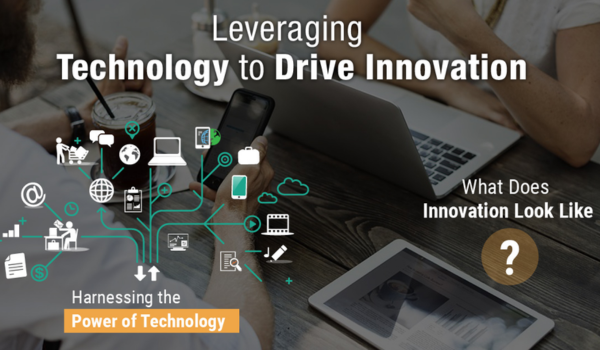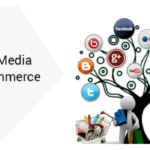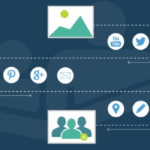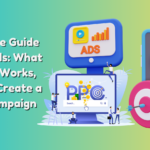Introduction
A. This section sets the stage for the blog post by defining what personalization means in the context of digital marketing and explaining why it’s essential for businesses to implement personalized strategies.
B. It highlights the significance of personalization in enhancing customer engagement, increasing conversion rates, and ultimately driving business growth.
Understanding Your Audience
A. This section discusses the importance of gathering and analyzing customer data to gain insights into audience behavior, preferences, and demographics.
B. It emphasizes the creation of customer personas based on the collected data to better understand and target different segments of the audience.
Tailoring Content and Messaging
A. Here, the focus is on creating personalized content and messages for different audience segments.
B. It covers techniques such as dynamic content creation and segmented email campaigns to deliver relevant and engaging content to the target audience.
Enhancing User Experience
A. This section explores how personalization can improve the user experience on digital platforms.
B. It discusses strategies like personalized website experiences and product recommendations to enhance user engagement and satisfaction.
Leveraging Technology and Tools

A. Here, the discussion revolves around the use of technology and tools to implement personalization effectively.
B. It includes examples of customer relationship management (CRM) systems and marketing automation platforms that help businesses streamline their personalization efforts.
Measuring Success
A. This section highlights the importance of tracking key performance indicators (KPIs) to measure the success of personalization initiatives.
B. It discusses how businesses can analyze data to identify areas for improvement and optimize their personalization campaigns accordingly.
Case Studies and Examples
A. In this section, real-world case studies and examples of successful personalization implementations are provided.
B. It offers insights into the strategies used by various businesses to achieve tangible results through personalized marketing campaigns.
Conclusion
A. The conclusion summarizes the key strategies and best practices discussed in the blog post.
B. It also offers insights into the future of personalization in digital marketing and the potential impact it may have on businesses.















